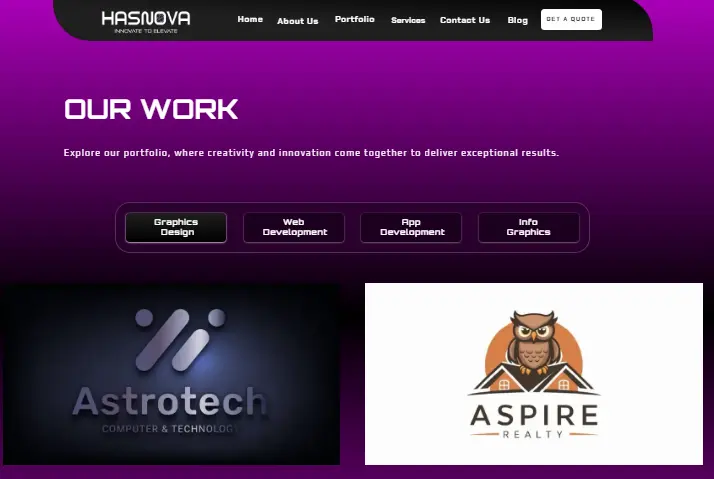Anyone who wants to show off their skills and connect with possible clients, employers, and collaborators needs to make a Graphic Design Portfolio. It’s not just a collection of your work; it shows your journey, your artistic problem-solving skills, and your communication skills through art. To make a portfolio that stands out, you need to plan ahead, make a good brand, and pick projects that show off your skills and appeal to the people you want to see them.
An impressive portfolio of graphic design work is essential in today’s competitive employment market. A well-designed portfolio is a great way to highlight your graphic design abilities, originality, and work history. Let’s check out how you can make your Graphic Design Portfolio That Stands Out.
A graphic design portfolio: what is it?
Since 2020, the graphic design sector has grown 11.4% to over half a million enterprises worldwide.
Graphic design firms are increasing, and designers are “battling” for patrons and possibilities. Over the previous five years, revenue increased at a compound annual growth rate (CAGR) of 2.8% to an estimated $52.6 billion, with a projected growth of 3.3% in 2024 alone. Not only that, graphic designers are also expected to continue to make a fair profit as long as demand is supported by economic stabilization.
A graphic design portfolio is a collection of your best work that shows how skilled and knowledgeable you are in many areas of design. A well-organized portfolio can be used in a number of ways and can help you get noticed by both possible employers and clients. It might also have an introduction or cover letter that talks about your background, important academic and professional achievements, and design philosophy.
There will be digital and printed illustrations, web designs, logos, and other work you’ve made in a portfolio. Because of this, it shows off your unique style and creativity, so possible clients or employers can see what you can do for them.
A graphic design resume shows that you can come up with ideas, put them into action, and make designs that look good. It also makes you seem trustworthy, which helps possible clients trust you.
In what ways does a Graphic Design Portfolio Stand out from the rest?
It is important that your design portfolio must be impressive so that it catches the attention of readers. Be sure to incorporate a number of important components in order to do this.
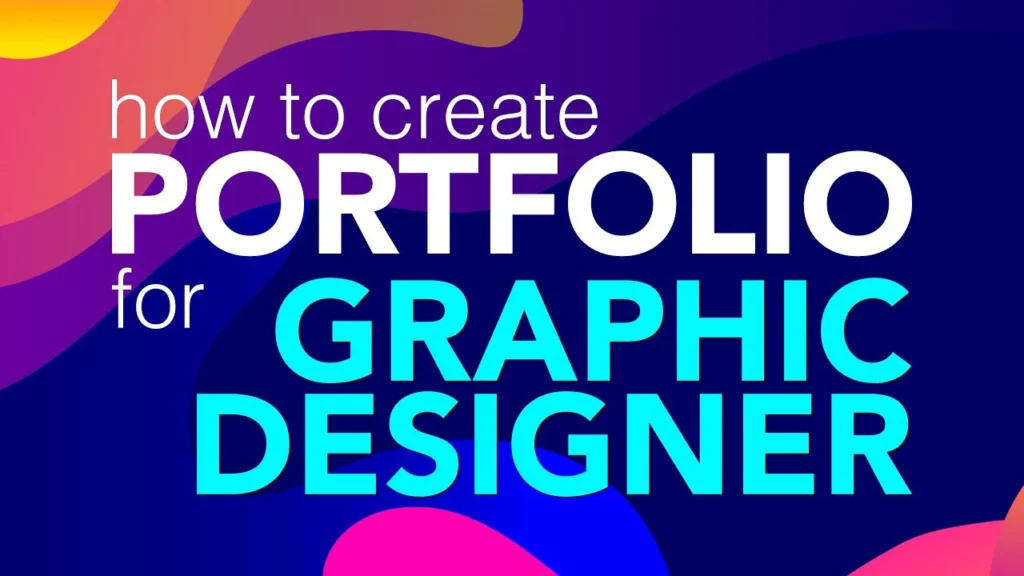
Use Authentic Info:
If you can, talk about real-world results that your design has caused, like more sales, user interest, or a higher conversion rate. Besides adding real value, using real data to measure your effect gives your case studies more weight. Adding client testimonials or feedback about these results is another way to show that your efforts are valid. Showing data not only shows how useful you are, but it also helps potential clients see how you can help them with their independent work.
Show Off Your Finest Work:
Make sure the material you choose to include in your portfolio is relevant to your business and showcase just the finest of your work. Highlight just the most exceptional work, regardless of the number of jobs. Make sure it’s diverse to demonstrate your versatility in your work, but don’t overwhelm the viewer with too much variety. If you want to be a successful designer, you should only take on projects that appeal to your ideal clients. Evaluate each component for its impact and relevancy. All of your skills, experience, and personal style should come together in a creative way in your portfolio. Make sure that every project you submit showcases your finest work and highlights your strengths.
Collect reviews from Consumers:
Showcase the reviews of your clients or coworkers to help build trust. For instance, talk to people who have worked with you before and ask them what they thought about how professional you were. If you can, put these in a prominent place in your portfolio next to the job they are related to. People will trust you more if they see that you get good reviews. Highlight endorsements that say nice things about your strengths, like how creative you are, how on-time you are, or how good you are at fixing problems.
Spotlight on your awards and honors:
If you get any awards or special mentions, make sure they stand out in your resume. Add online badges, certificates, or pictures of awards you’ve won. That would not only give you respect, but it would also show that you are an expert and are committed to making great designs. Getting awards or being recognized adds a lot to the authority of your portfolio and shows where you stand in the design community.
Recognize Achievements:
While the final product is crucial, emphasize the challenges and solutions faced in each project. Please include before and after photos to demonstrate the transformation. Discuss your successes, such as boosting user engagement or client satisfaction. That would show clients and employers your competence and problem-solving talents. Context enhances your work and shows smart thought.
Case Studies:
Create detailed case studies for several projects. Describe the scope of the project, your design process, and the outcome. Show how your ideas progressed with sketches, wireframes, and iterations. Above all, explain how your design choices helped your customer solve their problem or achieve their goals. Transparency explains how to overcome hard design problems and reveals one’s thoughts and inventiveness. Visuals will make case studies appealing and interesting.
Create an easy-to-navigate portfolio structure:
Create an easy-to-navigate portfolio structure by categorizing and organizing it. Filters, tabs, and similar capabilities will allow users to display works or projects based on specific features. Group comparable projects together and consider including a search tool in larger portfolios. Make your layout clean and simple, with the focus directed to your designs. Avoid long scrolling or complex menus.
Improve for Most Devices:
Ensure your portfolio is responsive and suitable for all screen sizes. Your website should be evaluated for loading speed and smooth performance across multiple devices and browsers. For this, employ scalable pictures and flexible layouts that change to the device’s resolution. A user-friendly design speaks volumes about your design skills. A portfolio that works well on mobile devices and tablets demonstrates that you appreciate the importance of responsive design in the modern era.
A beautifully laid up page:
By establishing a visual hierarchy, a well-designed layout draws attention to the most important parts of a design. Make sure that your layout is balanced, harmonious, and aligned correctly. Make use of different fonts, sizes, and colors to grab people’s attention. To make things easier to understand and utilize, group similar items together.
Branding oneself:
Come here to enjoy yourself! Never forget that you are selling yourself. In the “About Me” section, explain who you are and what motivates you to design, as well as the work of designers you look up to and your own thinking on the subject. Incorporate works that display your imaginative and speculative designs to highlight your creative abilities.
Various types of projects:
A UX designer’s day includes dealing with a variety of tasks. Include a wide range of tasks, such as logo designs, branding, site design, and personal or conceptual artwork. This will appeal to a more diverse spectrum of potential clients.
Visuals with high resolution:
By applying high-resolution pictures and interesting graphics makes your work look better and shows that you pay attention to the little things.
Exemplary Graphic Design Portfolios
Few examples of graphic design portfolios are given below:
Igloo Media:

Igloo Media is a digital marketing agency that specializes in helping businesses improve their online presence. Paid media, website creation, email marketing, social media marketing, and search engine optimization are just a few of the many services they provide. To display their site in an attractive style with a responsive design and an easy-to-use interface, they utilized the Amsterdam agency website template.
Kummerow Studios:

One of the best portfolio I came across was of Kummerow Studios. Florian Kummerow lives in Berlin, Germany, and works as a Creative Director, Videographer, Photographer, and Editor. Florian began taking pictures when he was 18 years old and bought his first camera, a Sony A7III. He really loves making content, and he started out making content for the eSports industry. Moreover, He makes compelling visual stories for clients in a wide range of businesses using his branding and web design skills. He used the Anchiano Webflow template to make his portfolio site, which shows how good he is at changing templates to give them a new look that fits his style and vision.
JustPressPay:
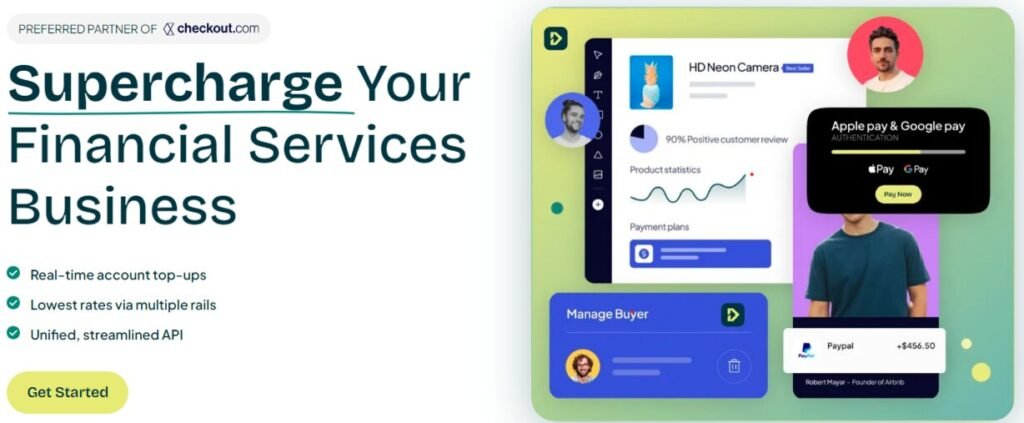
Another one that standout was JustPressPay . They focus in providing various businesses with customized payment processing solutions. Their webpage is pretty simple and easily accessible. By using artificial intelligence, the organization guarantees effectiveness and safety. Their website is a prime example of beautiful web design, displaying the outstanding outcomes attained by their modification of the Ljubljana Webflow finance theme to suit their needs and aesthetic.
Grow that agency:
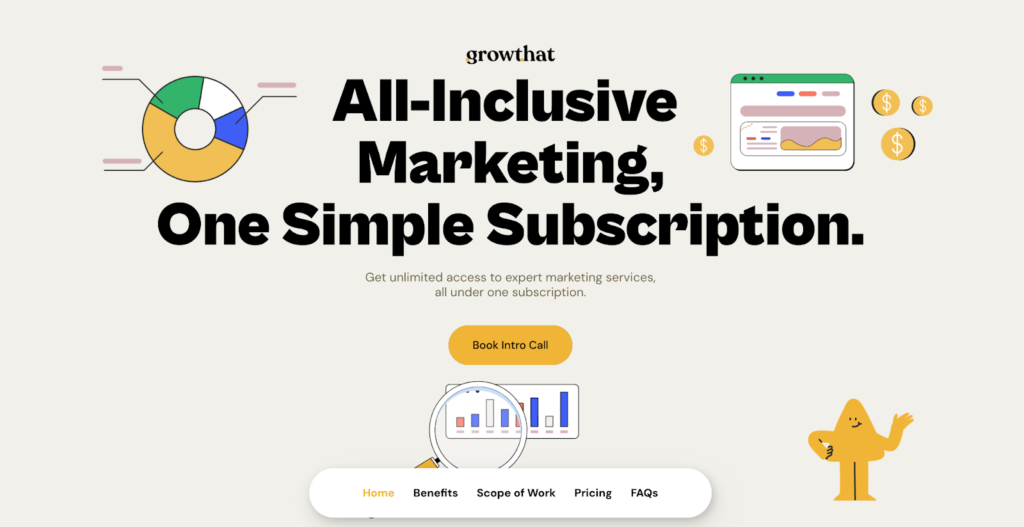
A full-service marketing subscription is available for firms from GrowThat, a marketing agency located in New York. SEO, content development, and ad campaign management are just a few of the many services offered by GrowThat. The company works directly with clients to help them reach their marketing objectives. They flipped the navbar to the bottom of the page for a more distinctive design and simpler navigation, and they customized the Oslo agency website template with their own flavor for their site.
Hasnova:
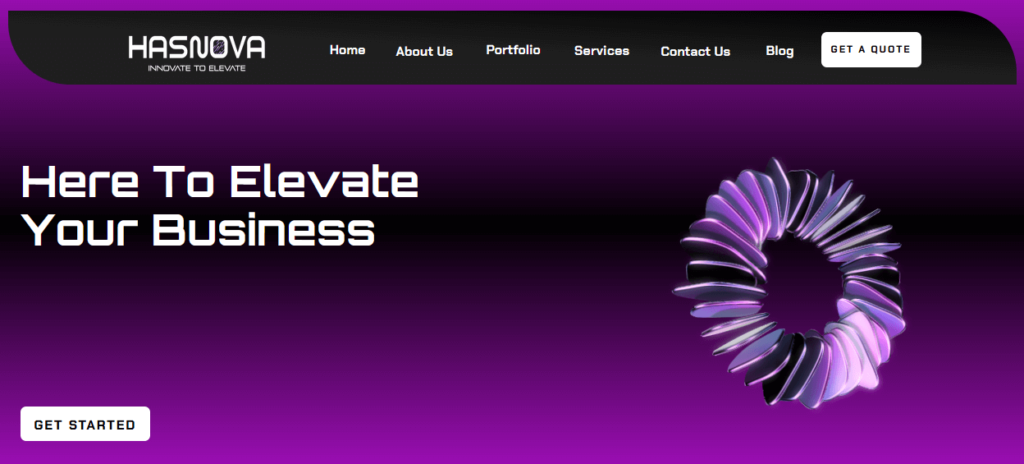
Last but not the least, here’s the portfolio of our website; Hasnova. Our main goal is to improve your internet visibility with our customized solutions. We at HasNova are your partners in digital transformation, not just a digital agency. specializing in digital marketing, animation, infographics, social media marketing, video editing, SEO, web design, graphic design, and app development. We’ll use creative tactics to maximize your online presence. You can excel in the digital world with the support of our staff.
A Graphic Designer’s Portfolio and Its Importance:
A graphic design portfolio showcases your finest and most pertinent work from academic or professional experiences, contingent upon your career phase. An impressive graphic design portfolio can distinguish you from competitors while seeking employment, projects, or college admissions, serving as a vital tool for creating a favorable impression on prospective employers or admissions officers.
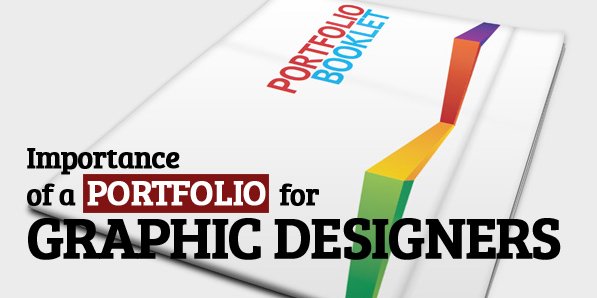
Sort out and Arrange:
Put your tasks in an orderly fashion that anyone can understand. To further illustrate your progress, you might want to categorize your projects according to industry and design type. Your areas of expertise can be better understood by prospective employers or clients if you clearly categorize them. This streamlines the process of matching their needs with relevant talents and projects.
Exhibit Your Abilities and Ingenuity:
A portfolio for graphic designers is like a picture resume. Possible clients can see how skilled, creative, and unique your design style is. This strong tool shows off your skills and lets people see how you work. You can stand out by making a good portfolio website or online portfolio.
Stand Apart amid the Competitors:
In today’s competitive employment market, a graphic design portfolio might help you stand out. It provides an opportunity to stand out from the throng. You can attract clients’ attention by selecting your greatest work and presenting it in an appealing manner. This boosts your chances of acquiring your ideal employment or a high-paying project.
Maintain an up-to-date version:
Your successes and abilities should be highlighted in your graphic design portfolio. Update it with fresh work to demonstrate your continued growth and activity in the industry. A stale portfolio could indicate that you’re not progressing as a designer. Recall that maintaining and expanding a solid graphic design portfolio requires constant effort. Displaying your finest work makes your portfolio an effective tool.
Involve Procedural Work:
Also to display the finished goods, including process work like as wireframes. This demonstrates your problem-solving ability and cognitive process. It also demonstrates how you approach design difficulties, from concept to execution.
Lastly, check out this article on Discover the Top Graphic Design Trends of 2025 and stay updated on the latest and upcoming styles!
FAQs
Your graphic design portfolio should include a selection of your best design projects, demonstrating your strongest design talents and ideas. It should reflect who you are and what you hope to be renowned for as a designer.
The ideal practice is to choose two formats and stay with them. A digital portfolio is ideal for exposure and interaction, but a PDF or paper portfolio demonstrates your layout, composition, and typography abilities.
A selection of your greatest work, information about the disciplines, brands, sectors, or industries you specialize in, your design process, and an email address should all be included in your graphic design portfolio.
Roughly ten excellent projects make to a respectable portfolio. Also, not only should your design showcase your finest work, but it should also bring attention to your unique style. Seek for a variety of striking pieces that highlight your abilities and stand out.
Conclusion:
A thoughtful graphic design portfolio is an effective tool for demonstrating your abilities, originality, and professional development. It goes beyond showcasing completed work by telling the story behind each design, exhibiting problem-solving skills, and emphasizing customer outcomes. By carefully compiling your greatest work, including case studies and testimonials, and ensuring a user-friendly, visually appealing structure, you can develop a portfolio that will leave an impression. Continuous updates, high-quality images, and an emphasis on your distinct value can help your portfolio shine out in a competitive market.


